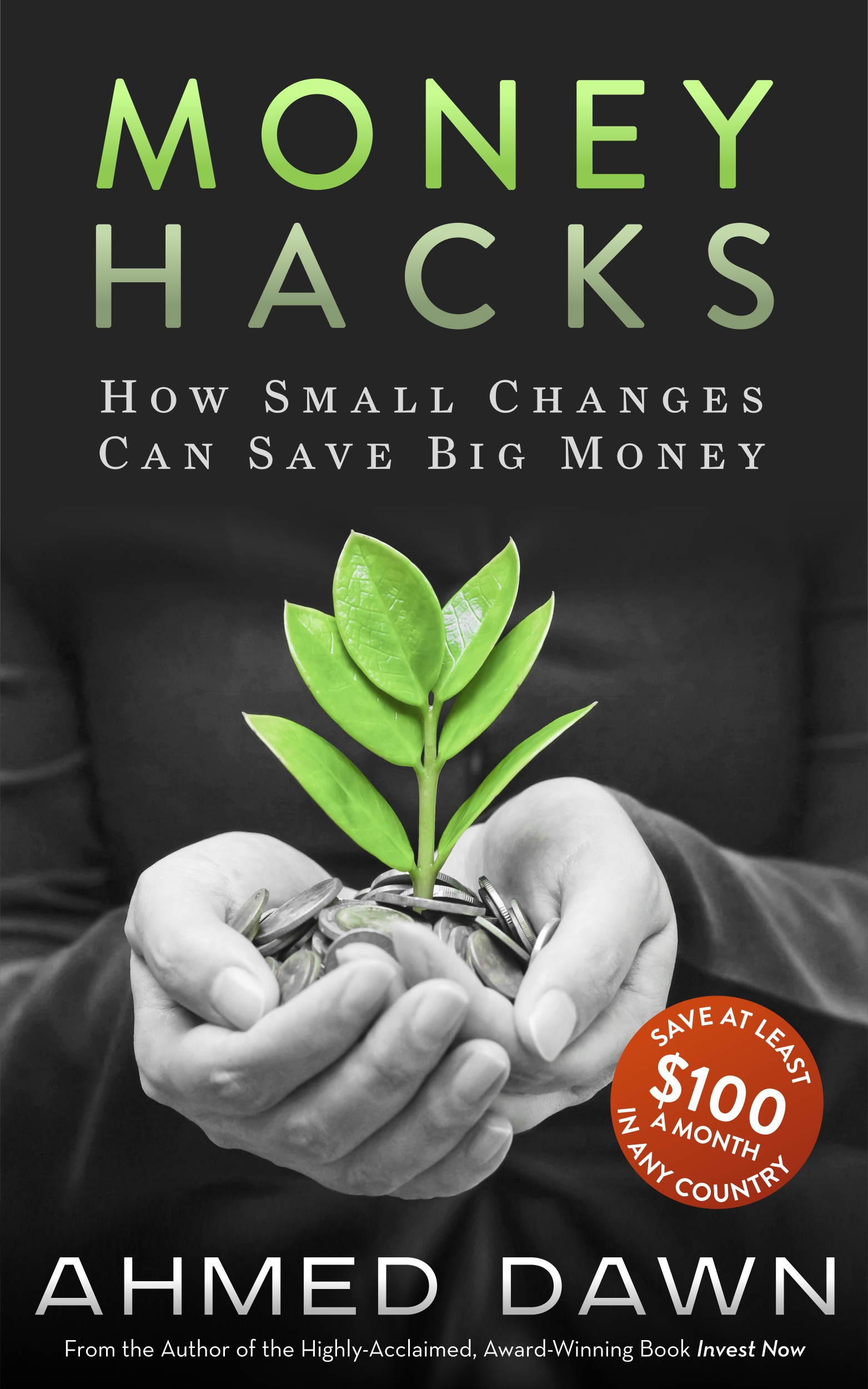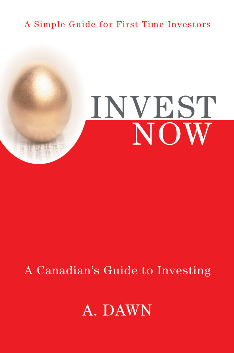Canadians Are Confident But Keeping Eggs Safe
/Keep Your Eggs Safe
First Published Date: Nov 13, 2009
In easier times, livestock and land managed ones wealth. An old saying “not to count your chickens before they hatch” has remained with us over the years and is still used widely today. In today’s financial turmoil it may appear that, the Global Economy is on a steady up swing yet we are still hesitant to take that deep sigh of relief.
It is fair knowledge in the financial world that the IMF (International Monetary Fund) has recorded that our global recovery is succeeding at an accelerated gain, yet perhaps not as well as some may have hoped. With the unemployment rates, still climbing the up swing can be accounted by the government aid and stimulus packages, which were implemented to stimulate the market. Although overall, our gains are increasing hope in the financial market but on an individual level, many are still in crisis.
Canadians are Confident
With the current economic concerns, it appears that Canadian residents are still maintaining hopeful outlooks towards the financial future and after several months of polls is still on the rise. Canada is also rising in the competitiveness field of Global Banking as surveyed by the World Economic Forum. It is to wonder as to their rise if it is due to their supported confidence. The US remains at the 2nd spot on the compositeness Global Banking Reports even though their confidence has been reported to be much lower than Canada which was ranked as 9th, a definite climb for Canada from 13th place in 2007.
Moreover, one should consider that several polls based on consumer confidence vary widely in terms of questions and statistics but overall Canadian consumers are still more aggressive in the retail markets. Their knowledge to boost the market by spending and maintaining their over all confidence has been noted by several reports. They are the first to step out of the recession and appear to be going strong in the right direction. While their neighbours are more guarded they may be realizing that their border partners may be leading the path to recovery successfully and follow suit.
Other contenders for speedy recovery have been spotlighted with Brazil definitely on the heels of the US and Canadian Markets. Their success can also be measured by the steps taken by the Brazilian Government to aid and boost the economy safely and effectively.
It is still a hazy road at best for most and ways to boost the economy and confidence in spending are being targeted. It is useful knowledge to follow these updates and reports to find we have dodged a very dangerous economic down turn and we are in control of how we manage this swing in the right direction. Safety is key and keeping your egg basket close on the home hearth seems to be the overall advantage in some countries. Many are still skeptical as to how the road to recovery will continue. It is important that the Governments keep maintaining their stimulus support for sometime to ensure the confidence that the World Economy so definitely needs to remain hopeful in this time of such economic uncertainty.








